Rare Officials’ Armbands from the 1905 and 1906 Vanderbilt Cup Races
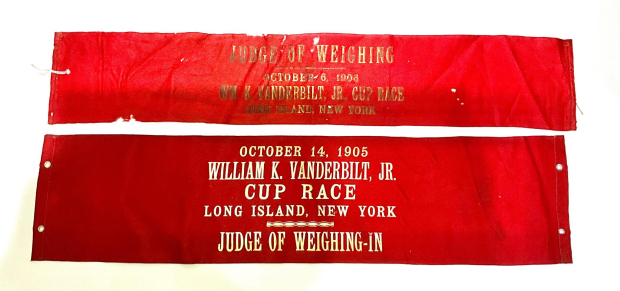
Here are more Vanderbilia purchased last week at Jerry Lettieri's Automobilia Auction.
The officials' armbands, along with the previously posted Contestant ribbon & Banquet medal, were all discovered in a Maine house over 40 years ago.
Enjoy,
Howard Kroplick
Judges Brassards (armbands) for the Weigh-In officials of the 1905 & 1906 Cup Races

These two rare silk armbands were worn by the judges of the weighing-in for the 1905 Vanderbilt Cup Race and the 1906 Vanderbilt Cup race and are in amazing condition for being 119/118 years old and delicate.
Judges for the 1905 weigh in were A.L. Riker, E.T. Birdsall, R. H. White and S.A. Miles.
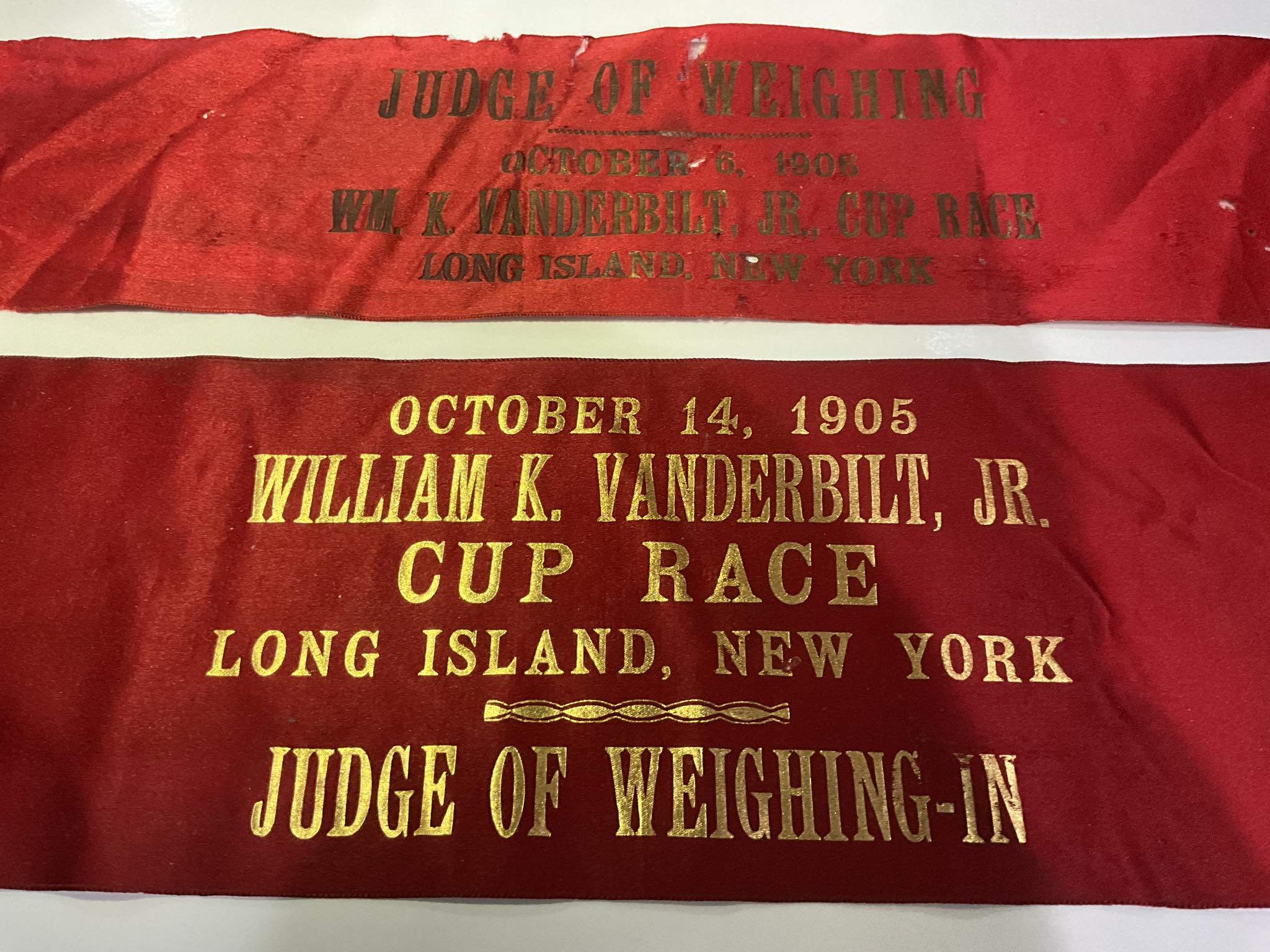
The 1906 judges of weighing were S.A. Miles, E.T. Birdsall, Henry Ford, and George Dupuy. If you assume the two armbands belonged to one person, the original owner was likely E.T. Birdsall or S.A. Miles as both men were judges for both years.
However, there were only four officials, so it is conceivable that the 1906 armband may have been worn by Henry Ford himself.
Henry Ford in the 1906 Vanderbilt Cup race program
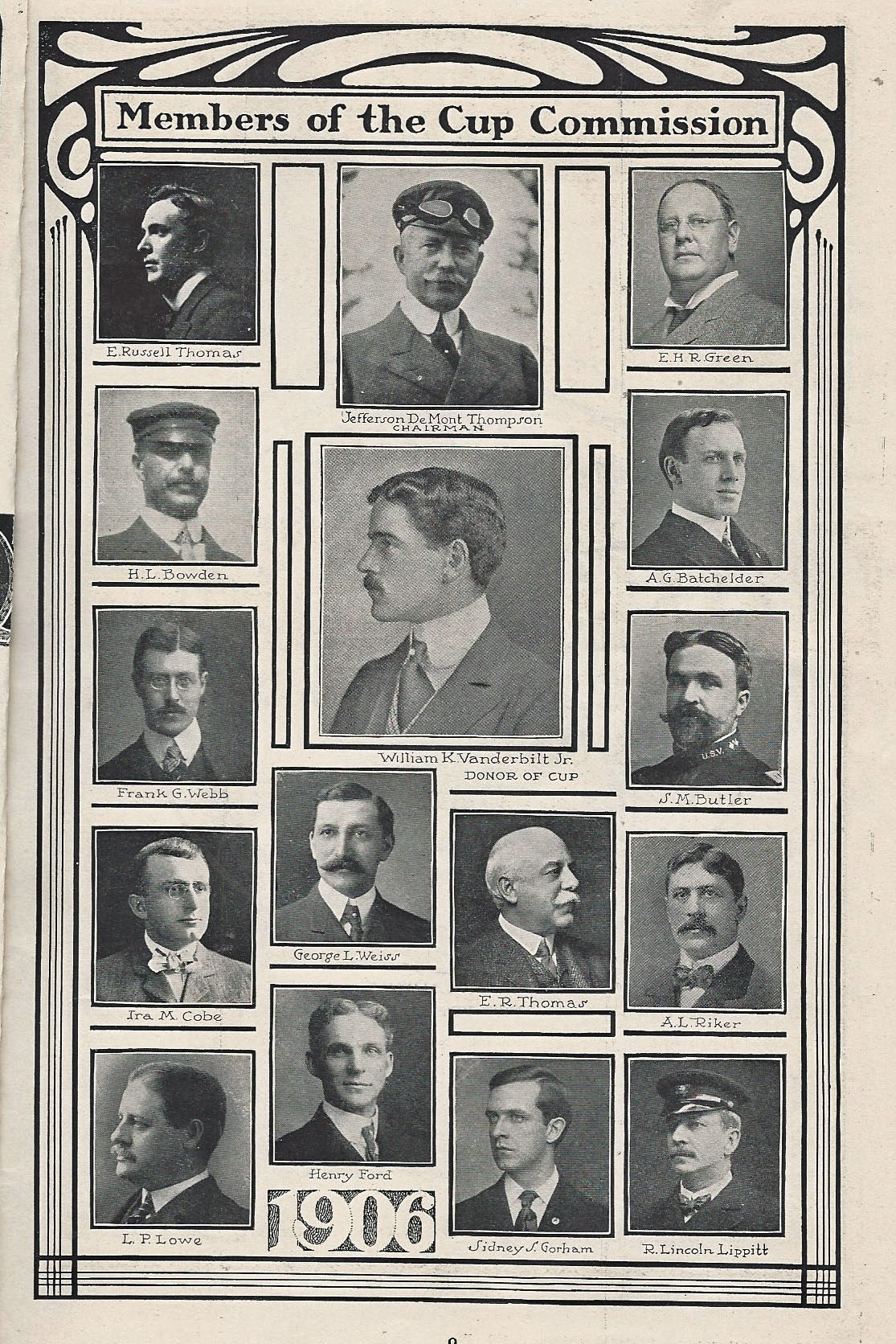
All the officials for the 1906 race.
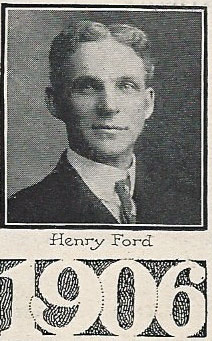
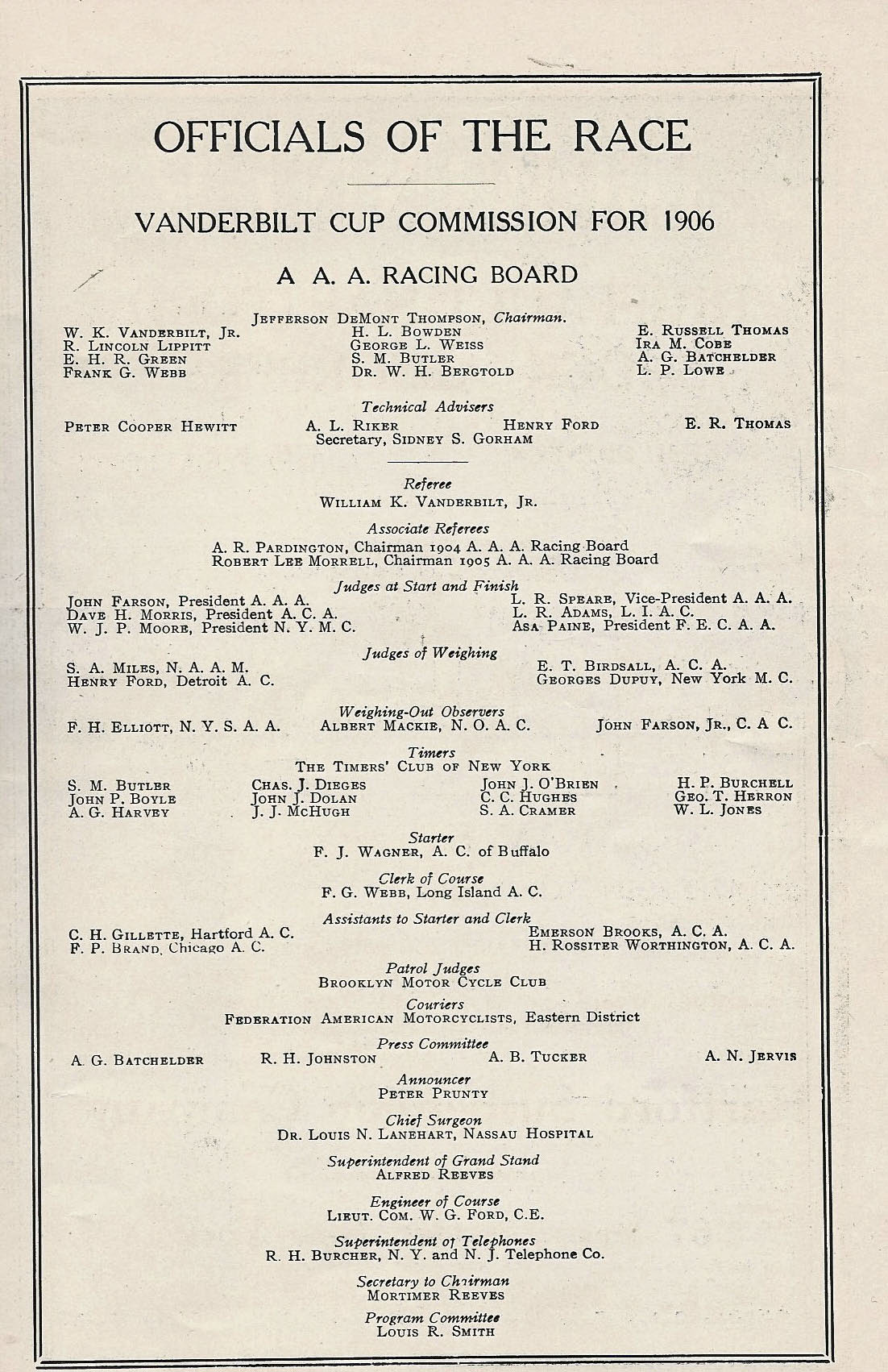
Ford can be seen with the 3 other weigh-in judges here.
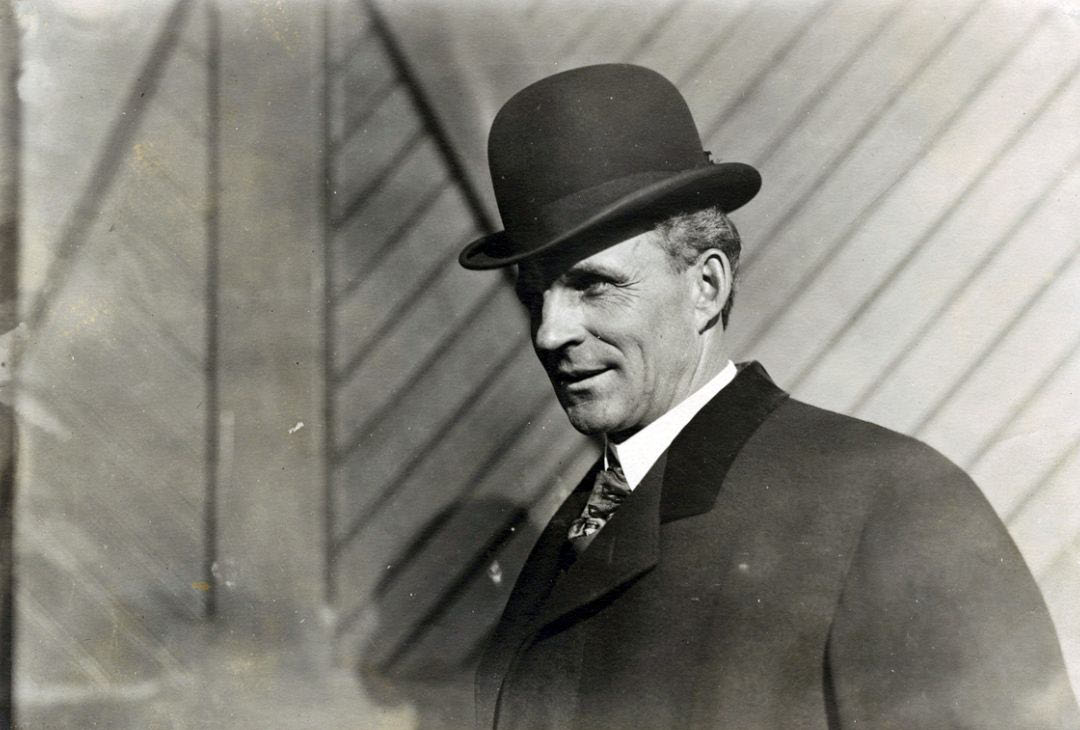
There are currently no known photos of Henry Ford at the 1906 race.
The Vanderbilt Cup Weigh-in station
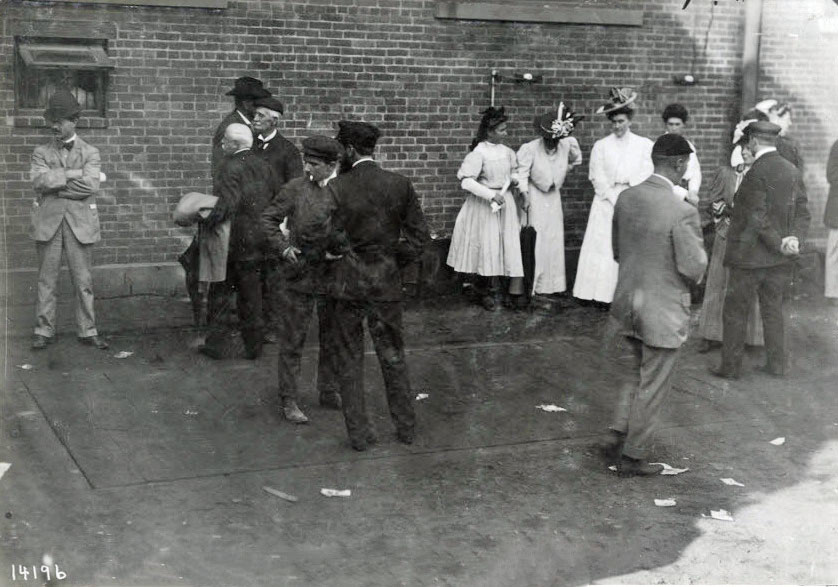
The scales for the 1906 race were located at the "Garden City Coal and Wood Yard".
Here, Hubert LeBlon & Albert Clement, Jr. await their turn on the scales.
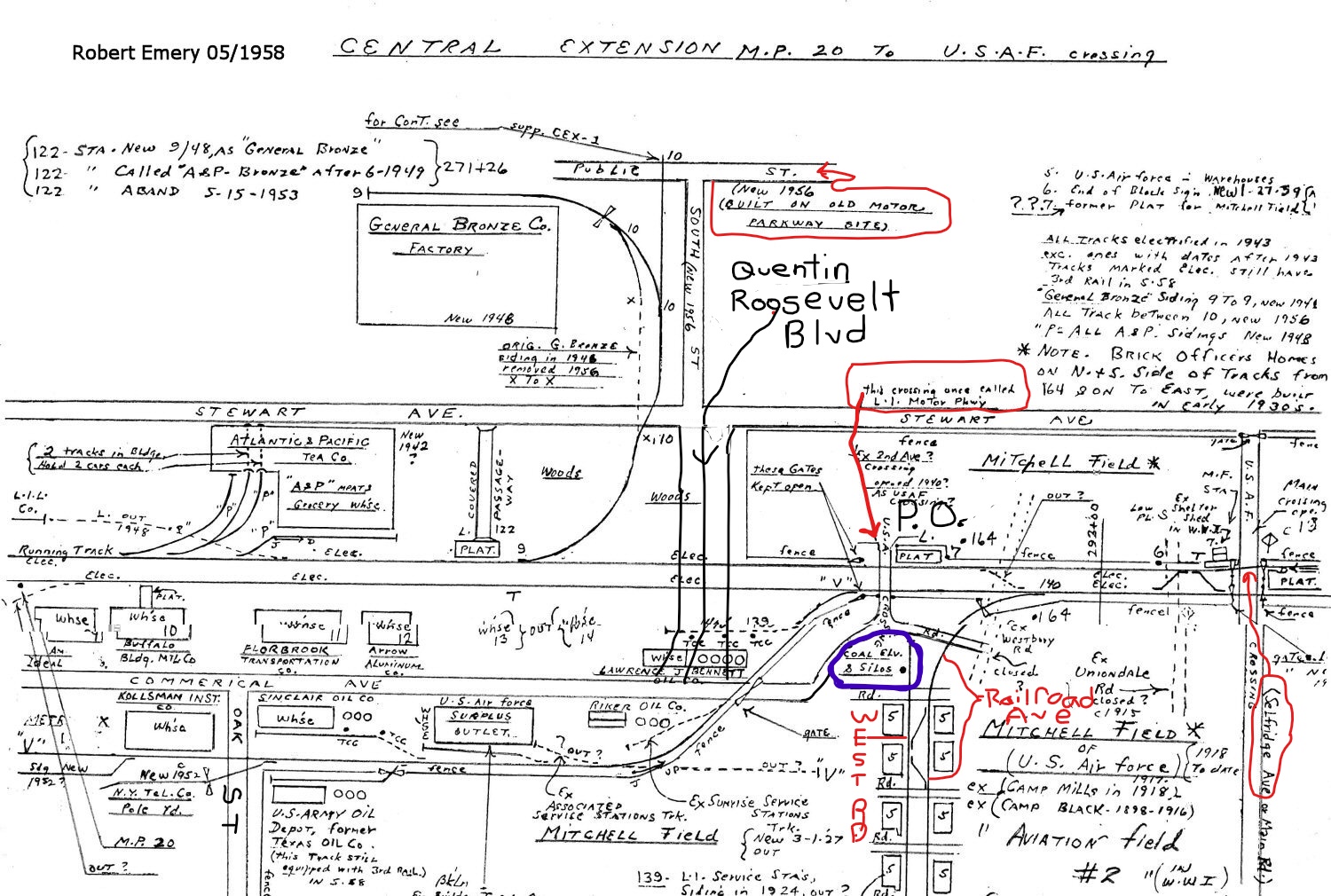
In 2017, Brian McCarthy recalled his research on the yard location: Howard. I was trying to locate where the “Garden City Coal and Wood Yard” might have been located. As you will notice, I circled the “Coal Elev. & Silos” in blue. Perhaps this was the location. You’ll see that I penned in some current rds., etc. in either black or red. My penmanship isn’t the greatest, but I guess my writing sort of matches the rest of the map. The “P.O.” refers to the Post Office on Stewart Ave. I remember the rear entrance from where Commercial Ave curves, then crosses the tracks.
Howe Scales

At the time, the leading manufacturer for large scales was the Howe Scale Company, made by the Brandon Manufacturing Company. Howe was a really big employer in Brandon, Vermont that become internationally-known for their scales and their great innovation on scales.
Here at left can be seen Walter Christie's front-wheel drive racecar being weighed on a Howe scale during the 1908 Ormond-Daytona races in Florida.
The Whitehead and Hoag Company

The Brassards were manufactured by The Whitehead and Hoag Company.
As stated in the previous Contestant ribbon post, The Whitehead and Hoag Company was the preeminent American manufacturer of advertising novelties. The company was founded in 1892 by Chester R. Hoag and Benjamin S. Whitehead. Initially, the company was known for the creation and manufacture of ribbon badges such as this contestant badge.
In 1896, they introduced the pin back button for which they held the patent. W&H went on to become the world’s largest manufacturer of quality buttons and remained so for many years. The company also manufactured various types of medals in bronze, silver and gold, calendars, pocket knives, paperweights, letter openers, celluloid items and novelties of every sort.
The company lasted until 1959 when it was purchased by a competitor Bastian Brothers.
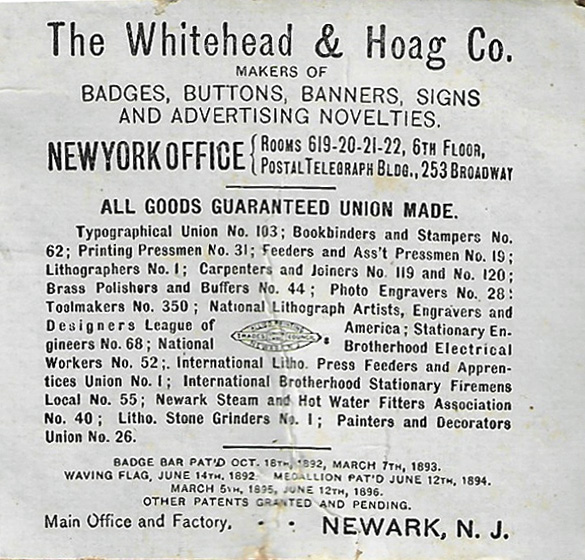
Other known brassards

1904 Surgeon brassard

1908 Surgeon brassard

Since only 50-100 brassards were made for each race, they are highly collectible. These four armbands were owned by tocated in the Garden City Toll Lodge building when occupied by the Garden City Chamber of Commerce. They were donated by Crawford Robertson, son of George Robertson, the winner of the 1908 Vanderbilt Cup Race.
Images of race officials and brassards 1904-1912

Willie K.
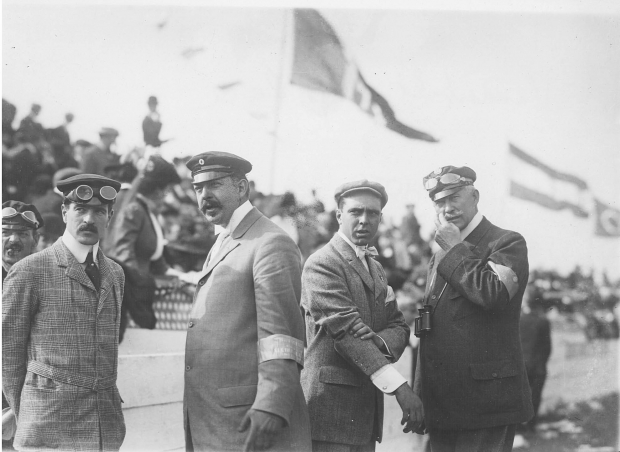
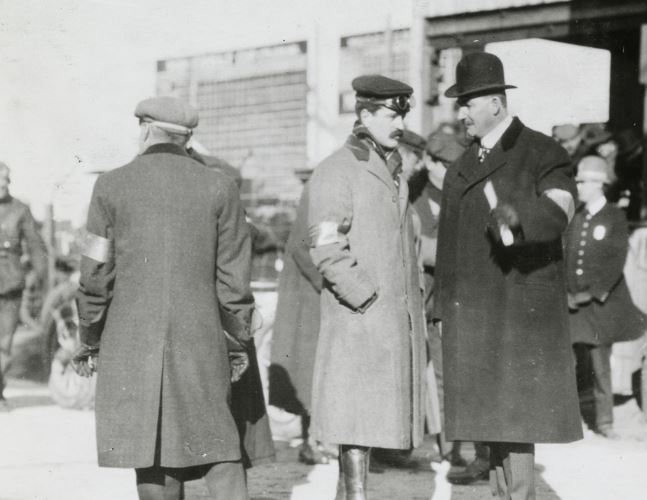
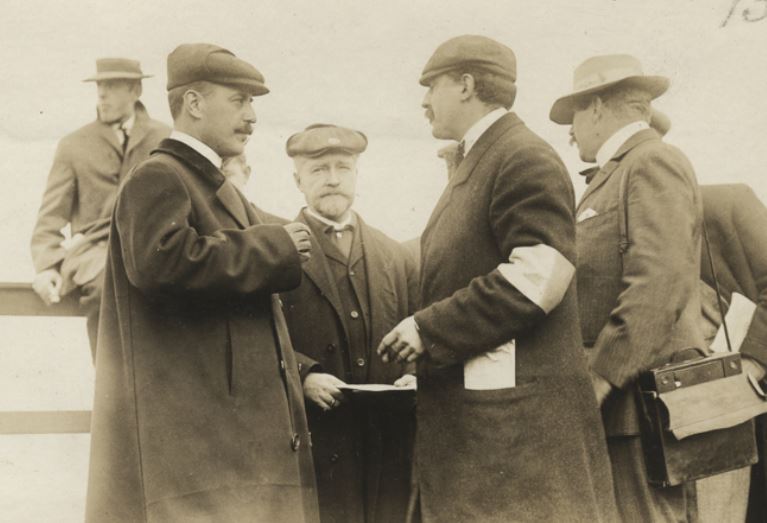
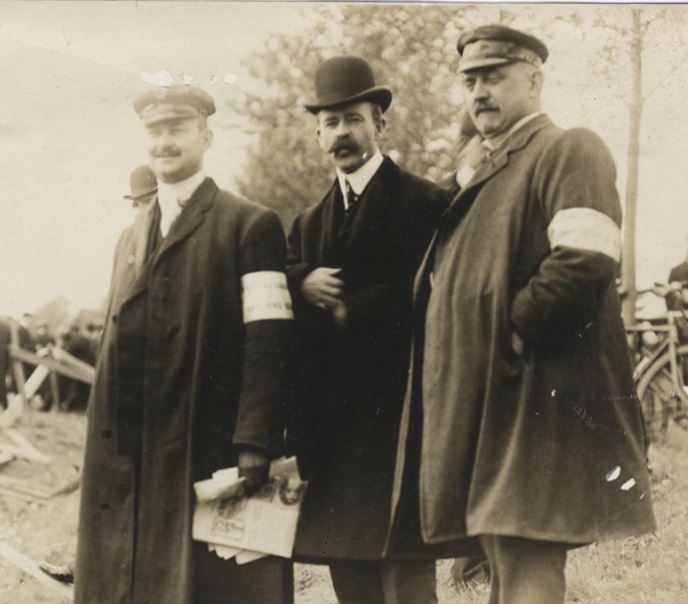

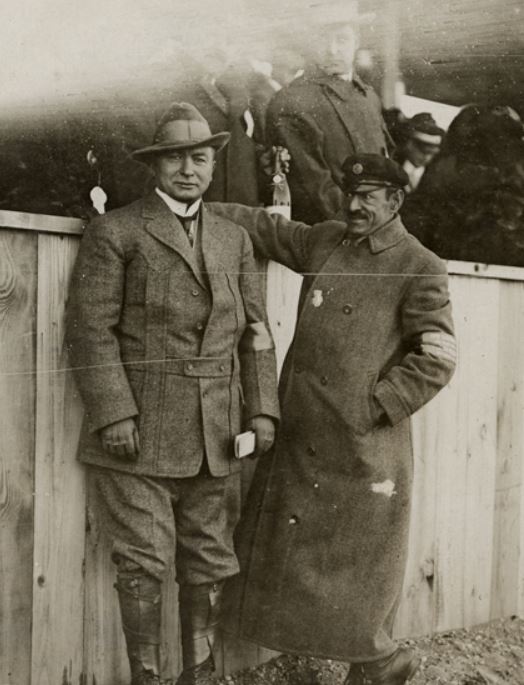











Comments
Howard,
Just very cool to obtain these artifacts supporting the races. Congratulations to you and your indomitable spirit of historical preservation
Regards, Mark
Same map as above, although somewhat enlarged with additional details.
Correction, ‘Mitchel’ is spelled with one L.
As point of reference, the two sections highlighted in yellow pertain to roadways which at one time, long before concrete runways were laid down, enabled vehicular traffic to drive across the airfield.
One of these to the right is labeled, ‘Uniondale Road’. This was the northern extension of today’s, ‘Uniondale Ave.’ It continued across what had been Alexander Stewart’s Central Railroad, Stewart Ave. and intersected with ‘Westbury Road’ (which ran in a Southwest by Northeast direction from today’s Oak Street across the Hempstead Plains) just before reaching the LIMP.
From there, Westbury Road continued on its trajectory with Whaleneck Road (today’s Merrick Ave. / Post Road) just South of Old Country Road.
The attached map of the airfield in 1914 makes clear these roadways crisscrossed with the major thoroughfares mentioned, though the dashed lines might suggest they were not paved roadways and were more likely dirt roads typical of the era.
See enlargement of above map here:
https://www.amandfmmorningside.com/hempstead_plains_1914_map_with_modern_day_street_names.jpg
Note: To bypass auto-resizing of the image on this website making it too small to read legibly, Right Click on the link above and choose ‘Open Link In New Tab’ (or very similar verbiage).
Great finds, Howard. Just keep adding to the collection! And thanks Lee for the tip about resizing images.
Very nice find Howard ????
Howard the question marks are thumbs up
I guess you can’t give a thumbs up here
lol